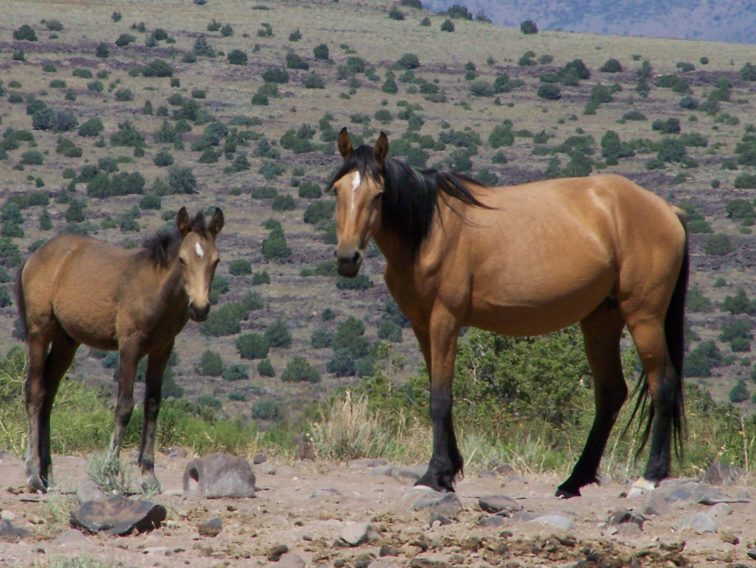Since 2018, the bodies of 28 horses from the Heber wild horses of the Sitgreaves National Forest (eastern Arizona) have been found shot to death in the Forest. To date, not a single person has been brought to justice.
Adding insult to injury, the U.S. Forest Service (USFS) released a Territory Management Plan to include a mass removal of these iconic mustangs.
USFS wants to reduce the population of these mustangs to as low as 50 animals on nearly 20,000-acres of public land.
In the meantime, USFS permits thousands of cattle to graze within the horses’ allocated habitat.
TAKE ACTION:
Here are a few ways to help the horses which could make a huge difference on their behalf.
The Forest Service is using a portal to accept comments on its Territory Management Plan. Comments should be submitted before April 22, 2021.
Talking points listed are a guide for your own comments on the Heber Wild Horse Territory Plan. Please write any comments IN YOUR OWN WORDS (submit comments using the link provided at the end of talking points):

- The current plan sets the Appropriate Management Level (AML) at just 50-104 wild horses on 19,700 acres. Even at the high end of this AML, that comes to one horse for every 394 acres! This AML range is far too low for horses to have a self-sustaining, genetically viable population in the Territory.
- The suggested new AML, at the low AML number, means that wild horses are given only 600 Animal Unit Months (AUMs) yet cattle are allotted 5,730 Animal Unit Months to graze within the Territory. The Forest Service needs to adjust livestock use in the Territory so that wild horses receive their fair share of the resource.
- The last population survey for this Territory showed that many of the horses were outside of the Territory boundary. The Forest Service should make all efforts to relocate those horses within the boundary instead of using immediate removal.
- The plan provides for fertility control to control the population growth rate of the horses. The Forest Service must consider that:
- Using these options impacts the health of the herd when the population is maintained at such a small population;
- PZP has more than 30 years of proven safety and effectiveness and should be the preferred method for use in the Territory:
- IUDs have not been proven as either humane or effective in wild, free-roaming herds. It should be removed from further consideration.
Click here to get more information and how to submit your comments.
